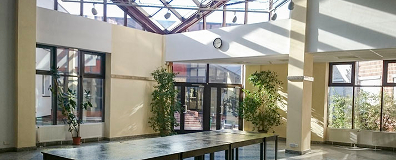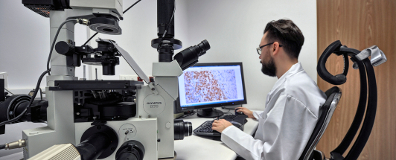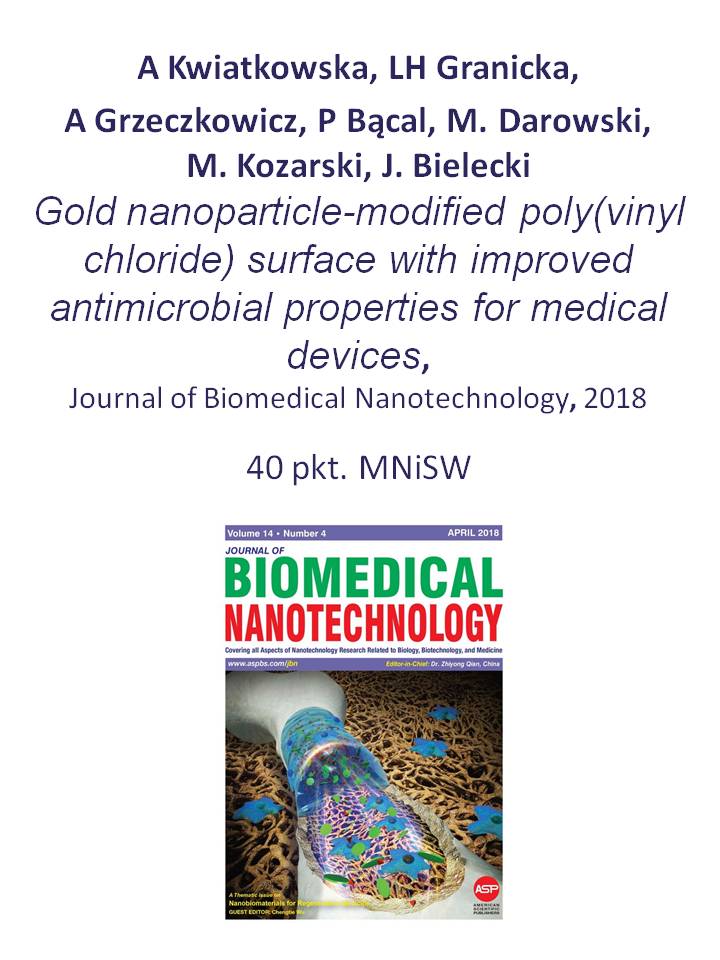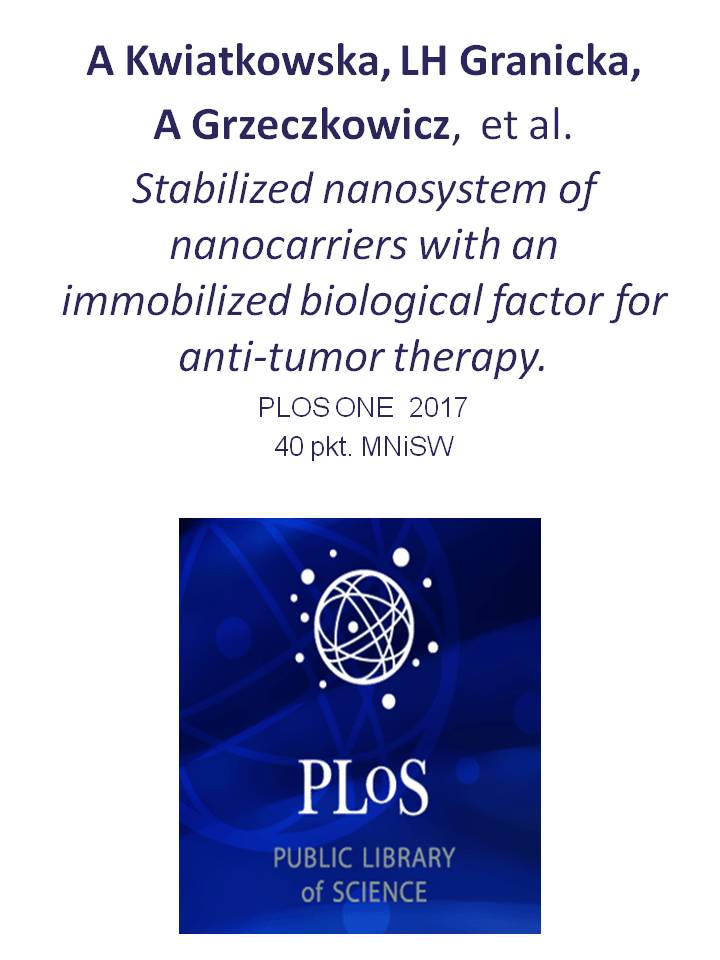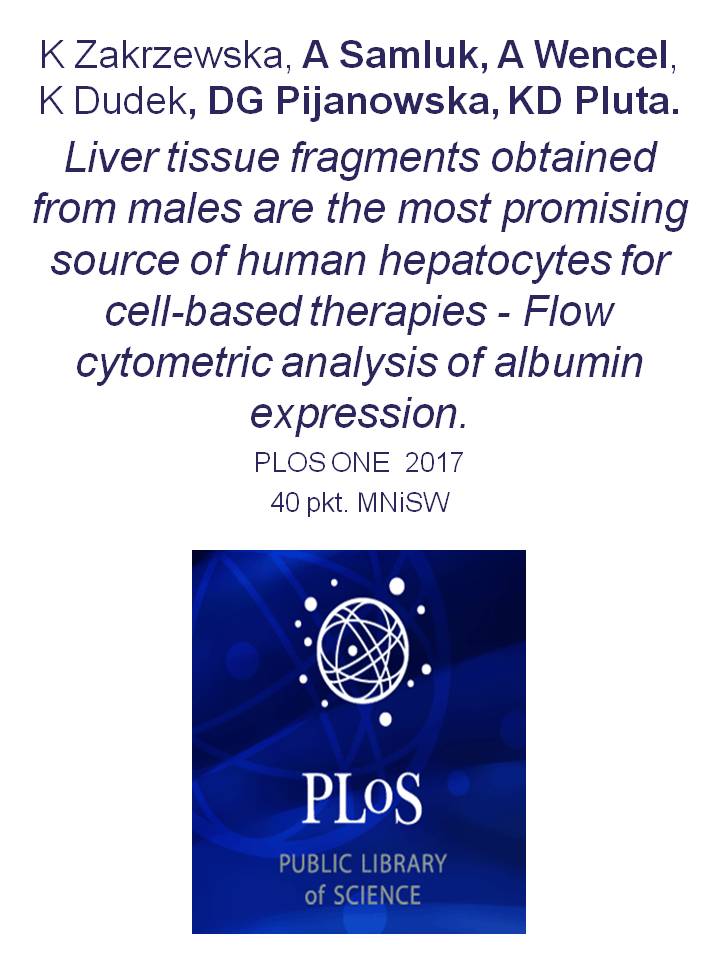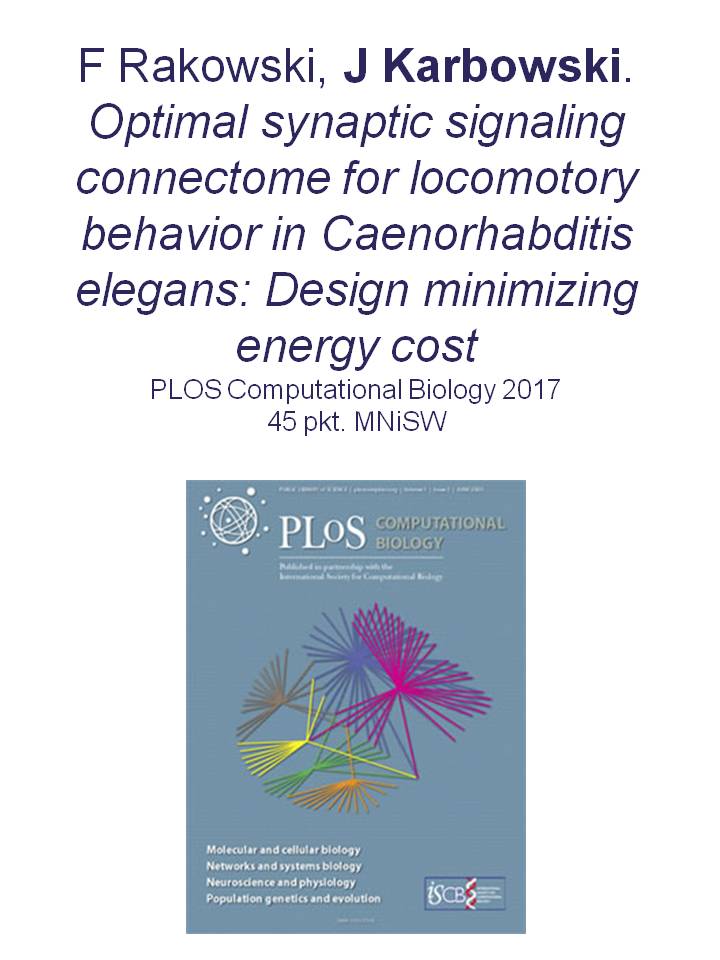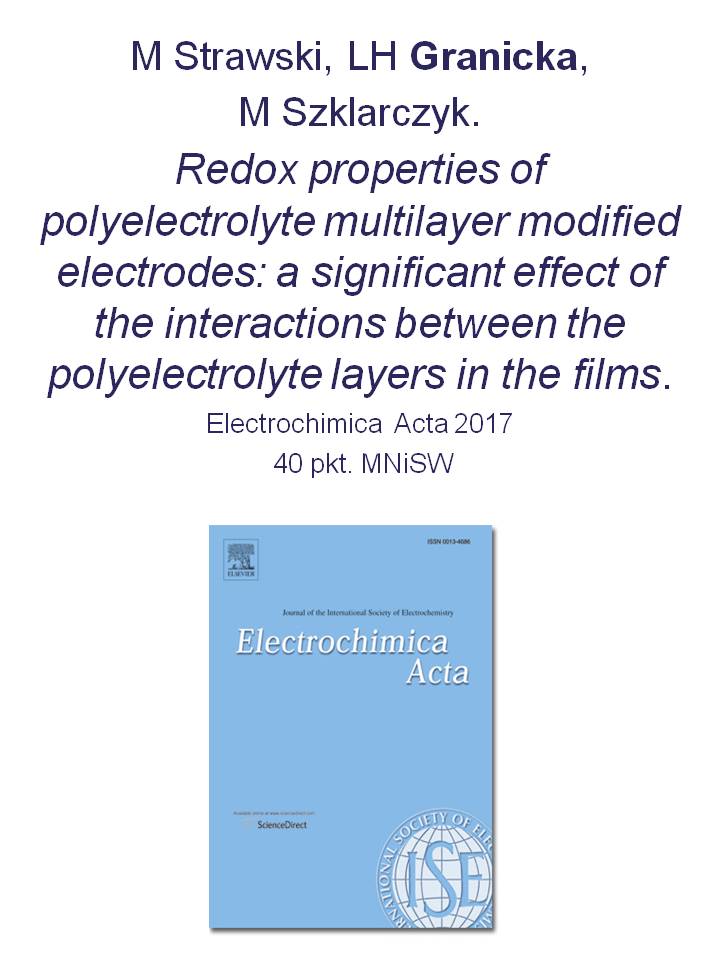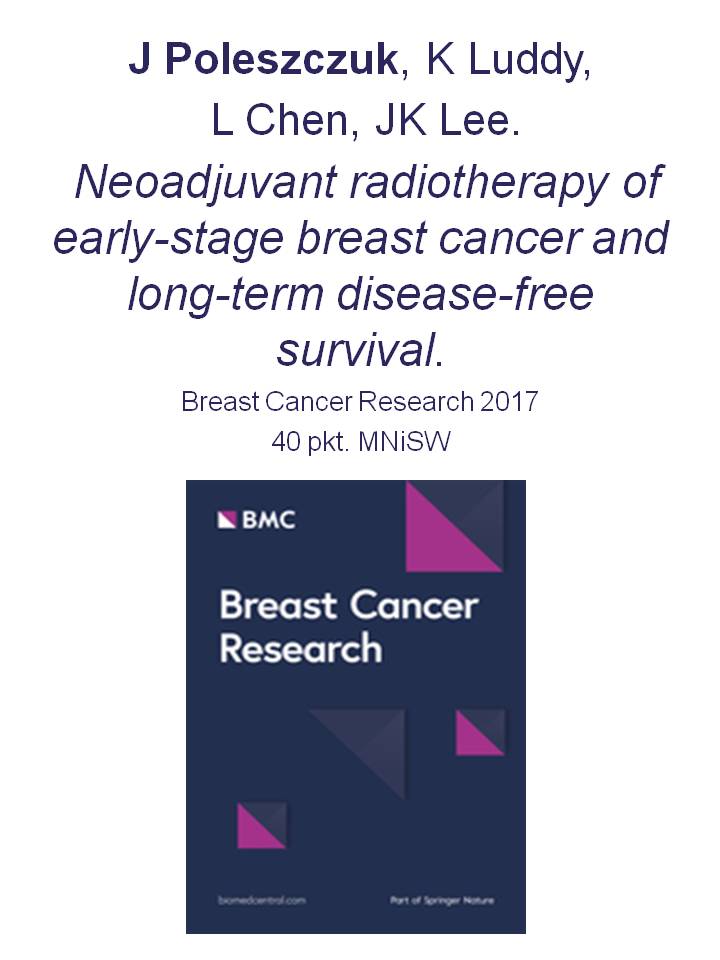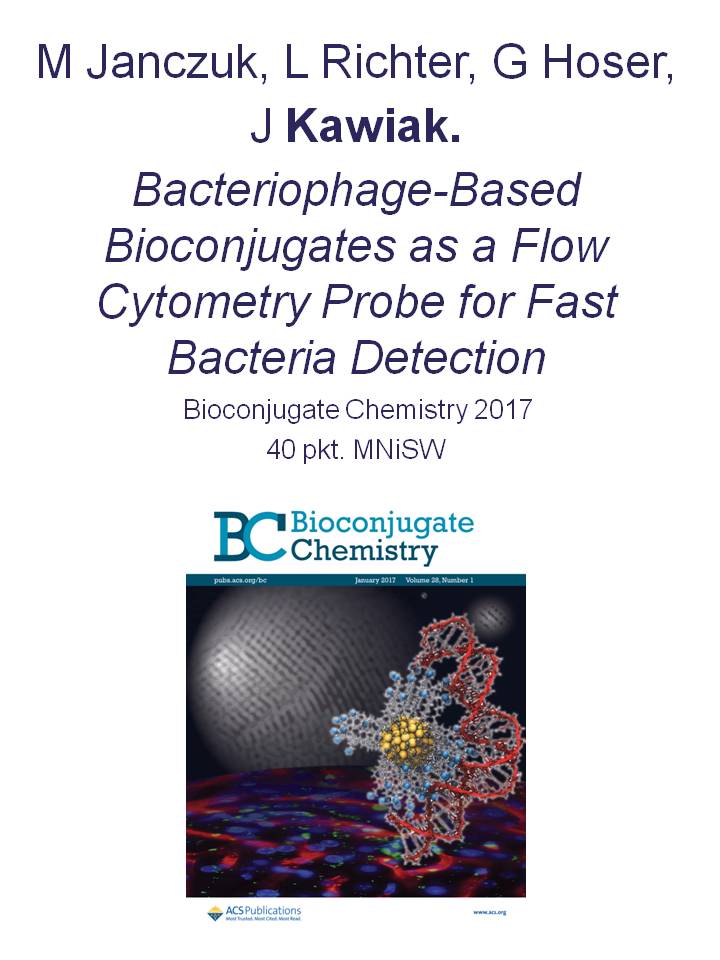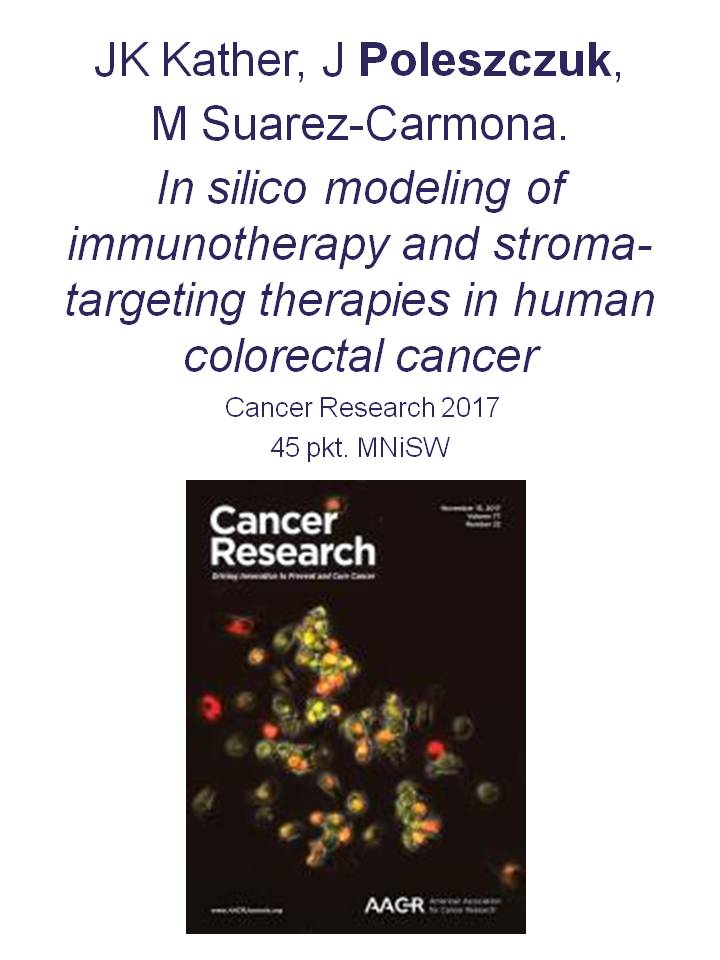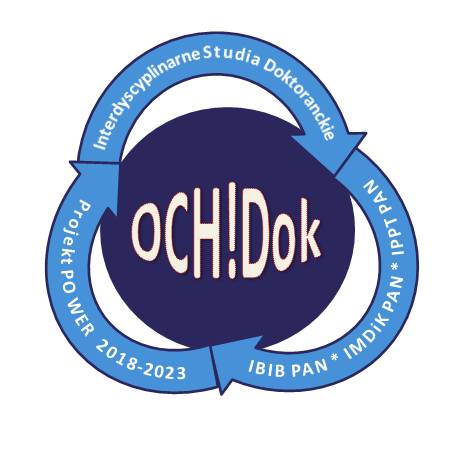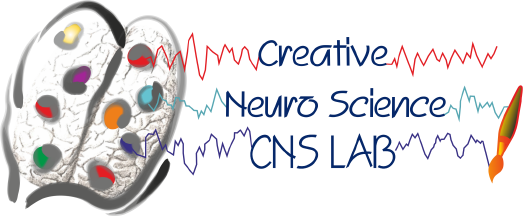- Home >
- About the Institute >
- Department IV >
- Laboratory of Mathematical Modeling of Physiological Processes >
- Laboratory of Mathematical Modeling of Physiological Processes
Laboratory of Mathematical Modeling of Physiological Processes
Joanna Stachowska-Pietka, PhD - Head of Lab, ORCID
Prof. Jacek Waniewski, PhD, DSc, ORCID
Prof. Leon Bobrowski, PhD, DSc, ORCID
Assoc. Prof. Małgorzata Dębowska, PhD, DSc, ORCID
Assoc. Prof. Jan Poleszczuk, PhD, DSc, ORCID
Elżbieta Olejarczyk, PhD, DSc, ORCID
Mauro Pietribiasi, PhD, ORCID
Leszek Pstraś, PhD, ORCID
Kamil Wołos, MSc (PhD student), ORCID
Urszula Bialonczyk MSc (PhD student), ORCID
Research profile
Our mission is to create new mathematical, computational and informatics tools for advanced analysis of clinical and biomedical findings, and to improve diagnosis and optimization of internal illness therapy. Our research is focused on broadly understood mathematical modeling to the description of (patho-) physiological processes in order to support diagnosis and optimization of therapy.
In particular, our research is related to clinical aspects of extracorporeal blood purification in patients with renal insufficiency (undergoing peritoneal dialysis and hemodialysis), functions of cardiovascular system in dialysis patients or patients with severe brain injury, water and solute transport in whole body and locally through the tissue. We are looking for a new, and work on optimization of existing, cancer therapies. We are also interested in data mining aimed at discovering useful patterns in multidimensional data sets.
The work is carried out in collaboration with foreign and national research centres such as Department of Nephrology, Medical University of Lublin, Military Institute of Medicine in Warszawie, Karolinska Institutet in Stockholm and University of Gothenburg (Sweden), Centro Medico Nacional Siglo XXI in Mexico City (Mexico), Keele University (UK), Hospital Universitari in Barcelona (Spain), National Academy of Sciences of Ukraine, Medical University of Vienna (Austria), National Institute of Health (USA).
Selected research activities
-
Assessment of hemodialysis and peritoneal dialysis effectiveness and physiological interpretation of parameters, as well as the description of water and solutes transport processes occurring during dialysis. In particular, prediction of peritoneal dialysis effectiveness, and water and solute transport determination based on individual patient transport parameters. Moreover, the extension of the standard analysis of the hemodialysis coefficients on phosphate and calcium transport and mathematical modeling of water transport between compartments of the body, caused by rapid removal of water during hemodialysis, by taking into account the kinetics of selected substances present in the blood, such as albumin, sodium and potassium.
-
Modeling of the impact of hemodialysis on the cardiovascular system. In particular, analysis of the phenomenon of blood pressure drop during the treatment based on a model that takes into account the mechanisms of transport of water and selected solutes between body compartments and mechanisms of blood pressure regulation within the circulatory system. Moreover, investigation the role of various abnormalities in HD patients on the propagation of pulse wave using mathematical modeling of the whole arterial tree with arteriovenous fistula and compare these predictions to the respective clinical measurements. The models of pulse wave propagation describe 1D flow in compliant arterial vessels using two variables: blood flow velocity and blood pressure (or equivalently the cross-sectional area of compliant vessel), and were previously shown to be in agreement with rich set of physiological data.
-
Modeling of water and solute transport processes at the tissue level based on so-called distributed modeling, which takes into account local tissue physiology and its variability (hydration, elasticity, transport parameters). In this approach, the equation describing transport of water and solutes (of various molecular size and charge) are derived from the local physiology, taking into account transport through the porous blood capillary wall due to the Starling's forces, local tissue lymphatic absorption and transport through the tissue and cells. In particular, the analysis of various aspects of peritoneal transport and the estimation of local transport parameters based on clinical and experimental data using models of peritoneal fluid reabsorption, models of osmotic transport, models of bidirectional transport based on two-phase structure of the interstitium. In addition, modeling of transport processes in tumour tissues with particular emphasis on the process of drug penetration during intraperitoneal chemotherapy. In this therapy, applied in case of small tumours and/or metastases located in tissues surrounding the peritoneal cavity, peritoneal cavity is used to deliver the drug to the tumour cells. The distributed approach can be applied, taking into account the differences in local physiology of the cancer tissue, for the description of water and solute transport as well as for the prediction of solutes penetration depth according to their concentration in the fluid administered to the peritoneal cavity.
-
Development a quantitative mathematical framework that predicts systemic response of metastatic tumors to focal radiotherapy – either alone or in combination with immunotherapy. The ultimate aim of this project will be to propose such framework as a clinical decision support system to derive optimal radiation fractionation protocols and irradiation site for immune activation on a per patient basis.
-
Data mining aimed at discovering useful patterns in multidimensional data sets. Data mining tools based on minimization of the convex and piecewise linear (CPL) criterion functions are developed and used by us for many years. The considered family of the CPL criterion functions can be linked to the concept of linear separability of multivariate data sets and to the perceptron theory. Using the CPL criterion functions in the processing and analysis of large, multidimensional data sets is based on computational techniques, which are called the basis exchange algorithms. The optimal parameters found as a result of minimizing CPL criterion functions have been used among others, for the selection of discriminative features subsets by using the relaxed linear separability (RLS) and flat patterns discovering and modeling of features interactions. The RLS method of feature selection has been recently applied to real clinical data set MIA (containing genetic and phenotypic features) describing inflammatory status of patients on dialysis. The work demonstrates, among others, the complementary roles of genetic and environmental features in prognostic modeling of a given patient condition.
-
Application of various bioinformatics methods and extensive statistical analysis to determine factors associated with treatment outcomes of dialysis and clinical complications. In particular, in patients with chronic kidney disease (CKD) analysis of various data type: anthropometric, demographic, diet, blood biomarkers, genotype (single nucleotide polymorphism, SNP) physiological-based parameters estimated by mathematical modeling, in order to determine the factors affecting the effectiveness of the therapy as well as to link them with the co-occurring diseases.
Key words: mathematical modelling, computer simulations, physiology, hemodialysis, peritoneal dialysis, dialysis adequacy, peritoneal transport, compartment models, kinetic modelling, diffusion, convection, cancer, immune system, radiotherapy, chemotherapy, pulse wave propagation modeling, cardio-vascular system, data mining
External funding:
- Project 2021/43/D/NZ5/01887 "Optimization of haemodialysis treatment for patient's haemodynamic stability – in silico simulation study" funded by the National Science Centre (Poland), 2022-2025
- Project 2018/31/D/ST7/03472 "Optimization of vasopressor dose in severe traumatic brain injuries using pulse-wave propagation modeling" funded by the National Science Centre (Poland), 2019-2022.
- Project 2017/27/B/ST7/03029 "Optimizing dialysate bicarbonate concentration during hemodialysis by mathematical modeling" funded by the National Science Centre (Poland), 2017-2024.
- Project 2014/15/N/ST7/05316 “Mathematical modelling of fluid and electrolytes transport in patients on hemodialysis” funded by the National Science Centre (Poland), 2015-2017.
- Project 2013/11/B/ST7/01704 "Mathematical modeling of pulse-wave propagation for cardiovascular diagnostics in patients on hemodialysis” in collaboration with Medical University of Lublin, funded by the National Science Centre (Poland), 2014-2017.
- Long-term Swedish - Polish research project to support the costs of collaboration between IBIB PAN and Karolinska Institutet, Divisions of Baxter Novum and Renal Medicine (Project Novum-IBBE, running).
Honours and Awards (recent):
- L. Pstraś – Scientific Award of the IV Division of Technical Sciences of the Polish Academy of Sciences, 2021
- L. Pstraś – Gold ESAO PhD Award of the European Society for Artificial Organs, 2019
- J. Poleszczuk – laureate of Scientific Prizes awarded by Magazine Polityka in the field of Pure Sciences, 2017
- L. Bobrowski – since 2016 member of the Committee on Informatics of the Polish Academy of Sciences
- L. Bobrowski – Best Paper Award, Industrial Conference on Data Mining, Berlin 2012
- J. Stachowska-Piętka – finalist of Inter 2012, Foundation for Polish Science
Selected publications
- Bobrowski L. Biclustering Based on Collinear Patterns. In: Rojas I, Ortuño F, editors. Bioinformatics and Biomedical Engineering : 5th International Work-Conference : IWBBIO 2017 : Proceedings [Dokument elektroniczny]. 2017. p. 134–144
- Bobrowski L. Eigenvalue Problem with the Basis Exchange Algorithm. Journal of Advances in Mathematics and Computer Science, 23(6): 1-12, 2017 ( http://www.sciencedomain.org/issue/2877 )
- Debowska M, Wojcik-Zaluska A, Ksiazek A, Zaluska W, Waniewski J. Phosphate, urea and creatinine clearances: haemodialysis adequacy assessed by weekly monitoring. Nephrol Dial Transplant. 2015;30:129-36.
- Luttropp K, Debowska M, Lukaszuk T, Bobrowski L, Carrero JJ, Qureshi AR, Stenvinkel P, Lindh8olm B, Waniewski J, Nordfors L. Genotypic and phenotypic predictors of inflammation in patients with chronic kidney disease. Nephrol Dial Transplant 2016;31:2033-2040.
- Pietribiasi M, Katzarski K, Galach M, Stachowska-Piętka J, Schneditz D, Lindholm B, Waniewski J. Kinetics of plasma refilling during hemodialysis sessions with different initial fluid status. ASAIO J. 2015 May-Jun;61(3):350-6. doi: 10.1097/MAT.0000000000000206.
- Pietribiasi M, Waniewski J, Załuska A, Załuska W, Lindholm B. Modelling Transcapillary Transport of Fluid and Proteins in Hemodialysis Patients. PLoS One. 2016 Aug 2;11(8):e0159748. doi: 10.1371/journal.pone.0159748. eCollection 2016.
- Kather JK, Poleszczuk J, Suarez-Carmona M, et al. In silico modeling of immunotherapy and stroma-targeting therapies in human colorectal cancer, Cancer Research, 2017, doi.org/10.1158/0008-5472.CAN-17-2006
- Poleszczuk J, Luddy K, Chen L, Lee JK, Harrison LB, Czerniecki BJ, Soliman H and Enderling H. Neoadjuvant radiotherapy of early-stage breast cancer and long-term disease-free survival, Breast Cancer Research, 2017 (19): 75, doi.org/10.1186/s13058-017-0870-1
- Poleszczuk J, Luddy KA, Prokopiou S, Robetson-Tessi M, Moros E, Fishman M, Djeu JY, Finkelstein SE, Enderling H. Abscopal Benefits of Localized Radiotherapy Depend on Activated T-cell Trafficking and Distribution between Metastatic Lesions, Cancer Research, March 1, 2016 (76): 1009, doi:10.1158/0008-5472.CAN-15-1423
- Poleszczuk J, Debowska M, Wojcik-Zaluska A, Ksiazek A, Zaluska W. Phosphate kinetics in hemodialysis: Application of delayed pseudo one-compartment model. Blood Purif 2016;42:177-185.
- Pstras L, Thomaseth K, Waniewski J, Balzani I, Bellavere F. Modelling pathological haemodynamic responses to the Valsalva manoeuvre, J Biomech Eng, 2017, 139(6), doi: 10.1115/1.4036258.
- Pstras L, Thomaseth K, Waniewski J, Balzani I, Bellavere F. Mathematical modelling of cardiovascular response to the Valsalva manoeuvre, Math Med Biol, 2017, 34(2), 261-292, doi: 10.1093/imammb/dqw008.
- Pstras L, Thomaseth K, Waniewski J, Balzani I, Bellavere F. The Valsalva manoeuvre: physiology and clinical examples, Acta Physiologica, 2016, 217(2), 103-119, doi: 10.1111/apha.12639.
- Stachowska-Pietka J, Waniewski J, Flessner M F, Lindholm B. Concomitant bidirectional transport during peritoneal dialysis can be explained by a structured interstitium. Am J Physiol Hear Circ Physiol 310: H1501-H1511, 2016
- Stachowska-Pietka J, Waniewski J. Mathematical Models of Intraperitoneal Drug Delivery. In Intraperitoneal Cancer Therapy. Ceelen W., Levine E. (eds). CRC Press, p. 153-169, 2015 (ISBN 9781482261189)
- Stachowska-Pietka J, Waniewski J, Flessner M F, Lindholm B. Computer simulations of osmotic ultrafiltration and small solute transport in peritoneal dialysis: A spatially distributed approach. Am J Physiol Renal Physiol.,2012, 302 (10): F1331 - 1341.
- Waniewski J, Stachowska-Pietka J, Paniagua R, Ventura M, Ávila-Díaz M, Prado-Uribe C, Mora C, García-López E, Lindholm B. Threefold peritoneal test of osmotic conductance, ultrafiltration efficiency and fluid absorption. Perit Dial Int., 2013, 33 (4): 419-425
- Waniewski J, Debowska M, Wojcik-Zaluska A, Ksiazek A, Zaluska W. Quantification of dialytic removal and extracellular calcium mass balance during a weekly cycle of hemodialysis. PLoS One 2016;11:e0153285.
- Waniewski J, Poleszczuk J, Antosiewicz S, Baczynński D, Gałach M, Pietribiasi M, Wańkowicz Z. Can the three pore model correctly describe peritoneal transport of protein? ASAIO J. 2014 Sep-Oct;60(5):576-81. doi: 10.1097/MAT.0000000000000105.
2017/27/B/ST7/03029
MENU
- News
- About the Institute
- Mission & Authorities
- HR Excellence
- Doctoral Schools
- Doctoral Studies
- Academic degrees
- Scientific activity
- Institute offers
- ICB
- Publishing
- Library
- Conference Centre
- Useful Links
- Public procurement
- Employees
- Gallery
- For Media
- Contact
- Privacy policy
Nałęcz Institute of Biocybernetics and Biomedical Engineering PAS, Ks. Trojdena 4 st., 02-109 Warsaw, POLAND
E-mail:This email address is being protected from spambots. You need JavaScript enabled to view it.; Phone: (+48) 22 592 59 00;
Copyright(c) 2016 IBBE PAS
All rights reserved
In order to provide you with the best online experience this website uses cookies. Delete cookies
In order to provide you with the best online experience this website uses cookies.
By using our website, you agree to our use of cookies. Learn more
Useful Links
Privacy policy
Ministry of Science and Higher Education
Polish Science Database (Nauka Polska)
Department of Patents - website in Polish
Sholarship granting institutions
The National Centre for Research and Development
The Polish National Agency for Academic Exchange
European Union Funding
Publication databases
ISI Web of Knowledge Journal Citation Report
BazTech - website in Polish
ICM - Virtual Library of Science - website in Polish
Other
Datasets

